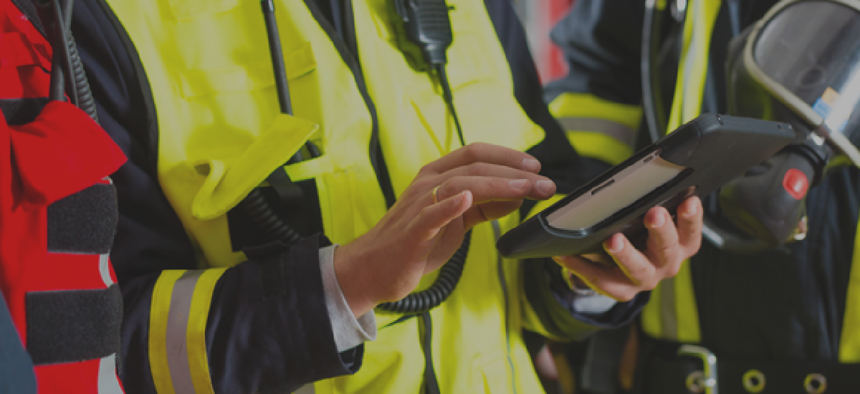FirstNet finds experience to be the best teacher

The lessons learned from the early builder projects help FirstNet evaluate technical standards and capabilities, test new equipment and refine plans for future rollouts.
FirstNet, the network authority that aims to provide a single interoperable platform for emergency and daily public safety communications, described lessons learned from some of the early network roll-outs in its recently released 2016 annual report.
In addition to describing its acquisition progress for the deployment of the nationwide public safety broadband network and the opening of the Innovation and Test Lab, the report discussed lessons learned from its five early builder projects. Each early builder was granted access to deploy an LTE network on FirstNet’s licensed Band 14 spectrum to explore different aspects of first responder use of the network. The projects help FirstNet evaluate technical standards and capabilities, test new equipment and refine plans for future rollouts.
So far, FirstNet has 191 specific lessons learned that it has shared with staff. Some of those featured in the new report include:
Applications used by early builders that were not generally available to public safety officials did not always operate on different devices or networks, underscoring the importance of device and application certification.
Unlicensed microwave radio service can expedite deployment, but it also increases operational risk if it is deployed without a redundant solution.
Interference monitoring should be part of all future FirstNet and private-sector partner processes.
Push-to-talk applications are not standardized, creating an interoperability risk.
Both handsets and vehicular modems may be required for events with large numbers of users operating on foot or away from vehicles.
Situational awareness applications for smartphones should include features that ensure driver safety, such as using mapping technology for live tracking.
Interference challenges on the southern border with Mexico will require more research.
Not all of FirstNet’s lessons learned were related to the technologies. Others included:
- Service-level agreements should be written to ensure high network reliability.
- Reliance on public assets for site locations and network connectivity may slow deployment.
- Dedicated technical personnel may be required to manage daily operations of the LTE network.
- Effective support of public safety networks and users requires coordination beyond that typically required for commercial and legacy public safety networks.
- Agencies have limited time for device delivery, installation and training on networks.
- Coordination of network upgrades or modifications is critical so as not to impact active network users.
“We are on the path to enter an innovative public-private partnership that will improve and modernize public safety broadband communications like our nation has not seen before,” the report concludes. “Our recent accomplishments have moved the FirstNet network closer to deployment, which ultimately will provide advanced communication technologies to public safety personnel to help them save lives and secure communities across the country.”
Read the full annual report.






